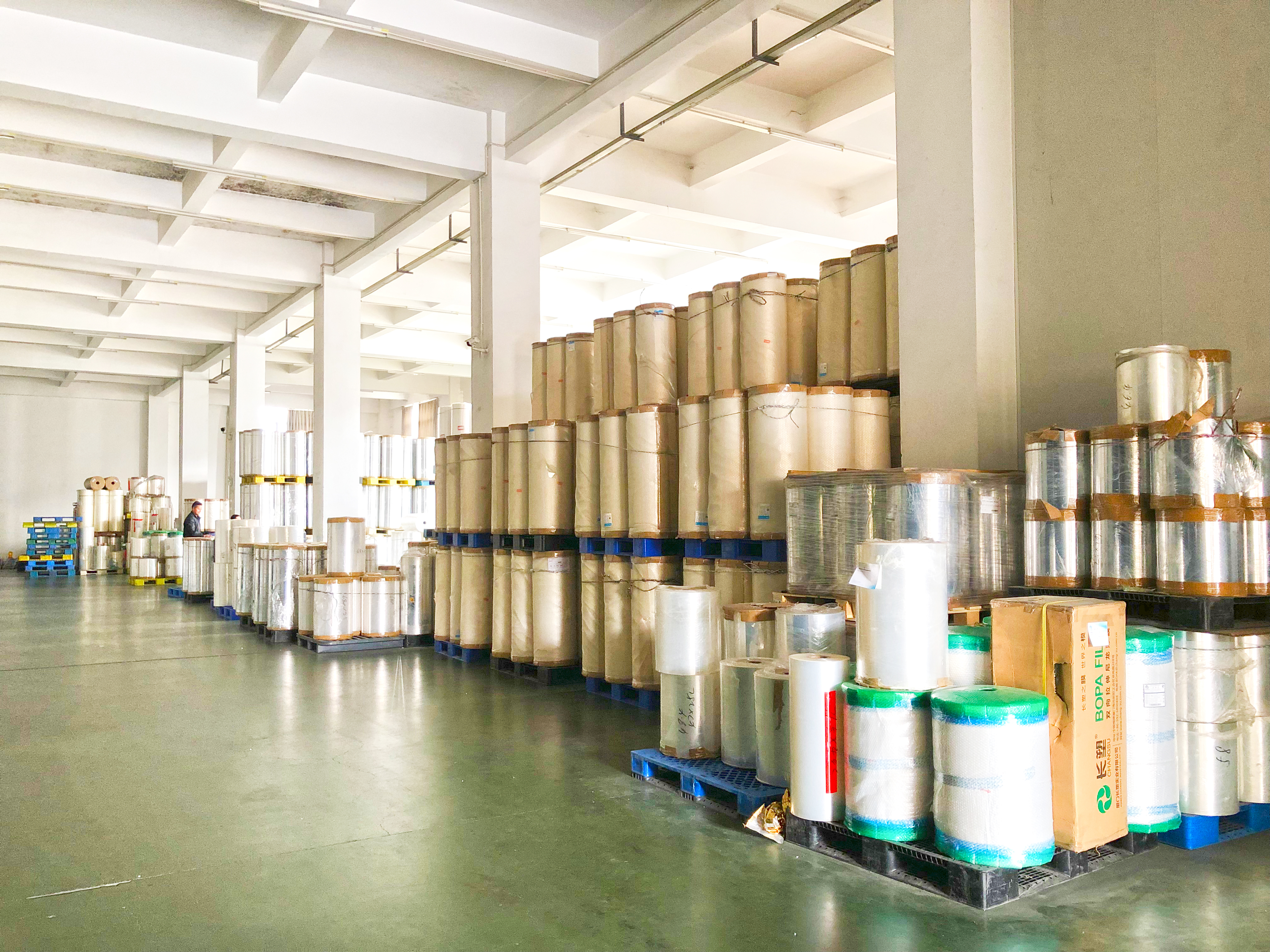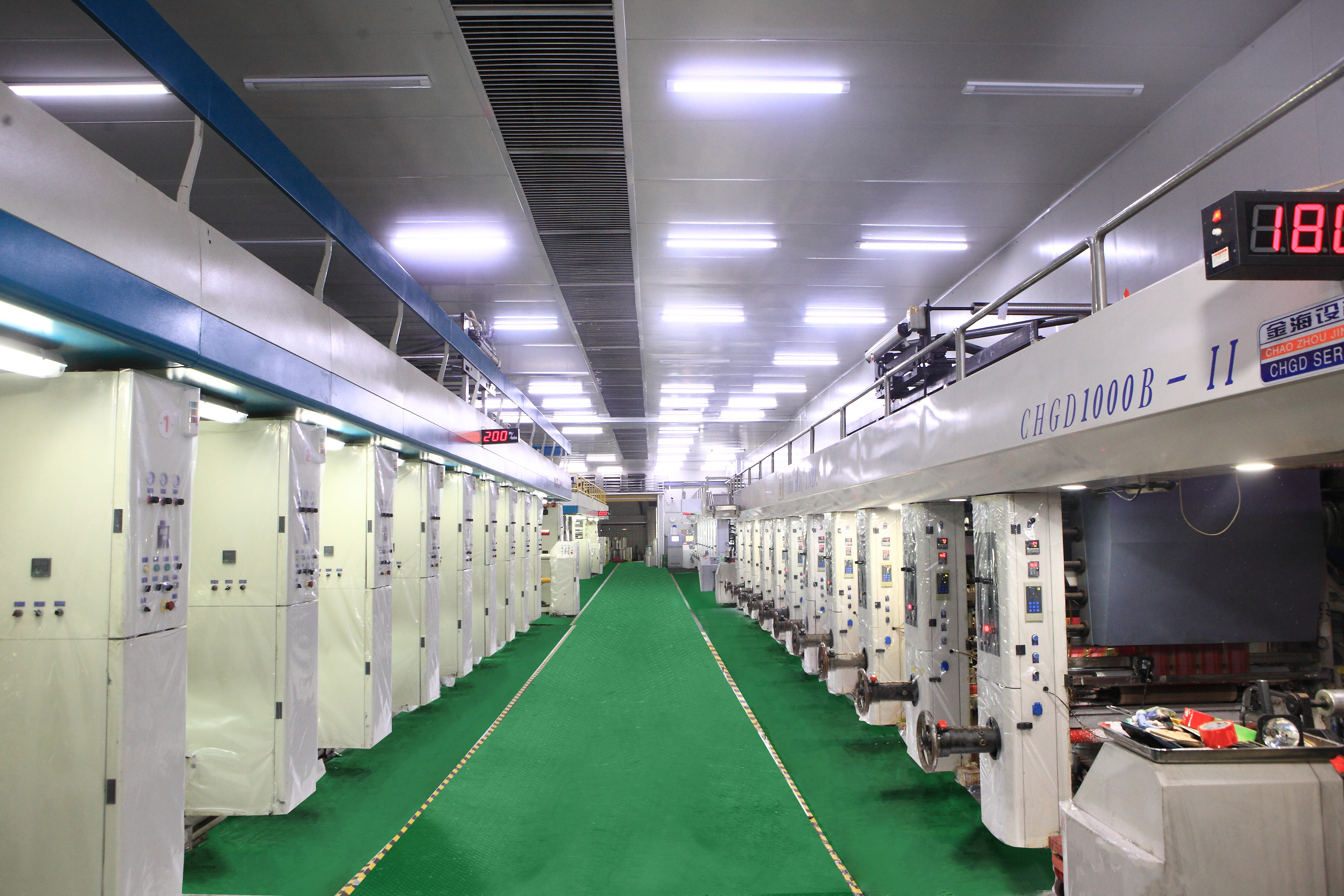With the continuous improvement of living standards, people's strict standards are not limited to the food itself. The requirements for its packaging are also rising. Food packaging has gradually become a part of the product from its subsidiary status. It is important to protect the product, It is of great significance to facilitate storage and transportation, promote sales, and increase product value.
Printing of food flexible packaging materials
① Printing methods Food flexible packaging printing is mainly based on gravure and flexographic printing, followed by flexographic printing machines to print plastic films (flexographic printing machines mostly form production lines with dry lamination machines), but with publishing , compared with the general gravure printing and flexographic printing used in commodity printing, there are many differences. For example: Flexible packaging printing is printed on the surface of a roll-shaped substrate. If it is a transparent film, the pattern can be seen from the back. Sometimes it is necessary to add a layer of white paint or use an inner printing process.
② Definition of back printing process Back printing refers to a special printing method that uses a printing plate with reverse image and text to transfer the ink to the inside of the transparent printing material, so that the positive image and text can be displayed on the front of the printed object.
③ Advantages of Liyin
Compared with surface printing, lining printed matter has the advantages of being bright and beautiful, colorful/non-fading, moisture-proof and wear-resistant. After lining printing is compounded, the ink layer is sandwiched between two layers of film, which will not contaminate the packaged items.

Compounding of food flexible packaging materials
① Wet compounding method: Coat a layer of water-soluble adhesive on the surface of the base material (plastic film, aluminum foil), compound it with other materials (paper, cellophane) through a pressure roller, and then dry it in a hot drying tunnel Become a composite membrane. This method is suitable for packaging dry food.
② Dry lamination method: first apply the solvent-based adhesive evenly on the substrate, and then send it to the hot drying tunnel to fully evaporate the solvent, and then immediately laminate with another layer of film. For example, oriented polypropylene film (OPP) is generally compounded with other materials using a dry lamination process after inner printing. Typical structures are: biaxially oriented polypropylene film (BOPP, 12 μm), aluminum foil (AIU, 9 μm) and unidirectional Stretched polypropylene film (CPP, 70 μm). The process is to use a roller coating device to evenly coat the solvent-based "dry adhesive powder" on the base material, and then send it to the hot drying tunnel to fully evaporate the solvent before laminating it with another layer of film using a laminating roller.
③ The extrusion compounding method extrudes the curtain-like molten polyethylene from the slit of the T mold, presses it through the pinch roller, and drools it onto paper or film for polyethylene coating, or supplies other films from the second paper feeding part. Use polyethylene as the adhesive layer for bonding.
④ Hot-melt composite method: Polyethylene-acrylate copolymer, ethylene acid-ethylene copolymer, and paraffin wax are heated and melted together, then coated on the substrate, immediately compounded with other composite materials and then cooled.
⑤Multi-layer extrusion compounding method
A variety of plastic resins with different properties are passed through multiple extruders and extruded into the mold to form a film. This process does not require adhesives or organic solvents between layers, and the film has no odor or harmful solvent penetration, making it suitable for food packaging with a longer shelf life. For example, the general structure of LLDPE/PP/LLDPE has good transparency and the thickness is generally 50-60μm. If it has a longer shelf life. More than five layers of high-barrier co-extruded films are required, and the middle layer is made of high-barrier materials PA, PET and EVOH.

Post time: Mar-13-2024






